Swarming is a fascinating mechanism that honeybees have to ensure their survival as a species, and it was also a challenge for me this spring to keep from losing my own bees to swarming. You see, swarming occurs when the colony creates a new queen, and the old queen leaves with more than half of the colony to settle somewhere else and start over again. Thus, one colony splits in two, and sometimes it swarms again. Divide and multiply! Usually this happens in the spring, and beekeepers everywhere start getting calls about swarms spotted on fence posts, trees, and even TV antennas. (Call me if you see one and I’ll come get it!) Interesting fact: The bees are least likely to sting when they are swarming, because they’re so focused on finding a new home.
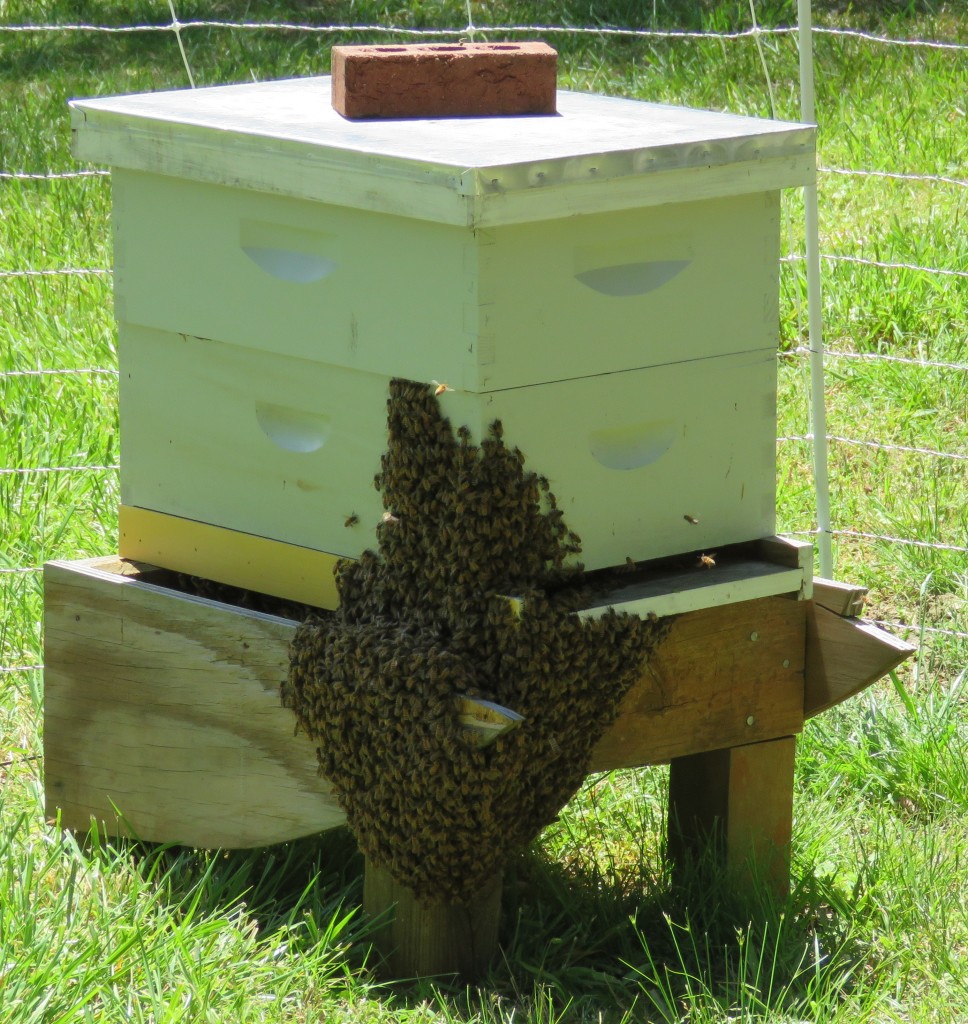
This spring, I set up a “bait hive” in my own apiary. I outfitted this hive box with some drawn out wax comb and a bait called Swarm Commander that was created by a fellow SC beekeeper, Derrick Scott, of Blythewood Bee Company. I had seen signs of swarming from my strongest hive for a few days, and it looks like I got this bait hive set up just in time because, the very next day, the colony swarmed and went right to my bait hive. That’s something that is exciting to a beekeeper!
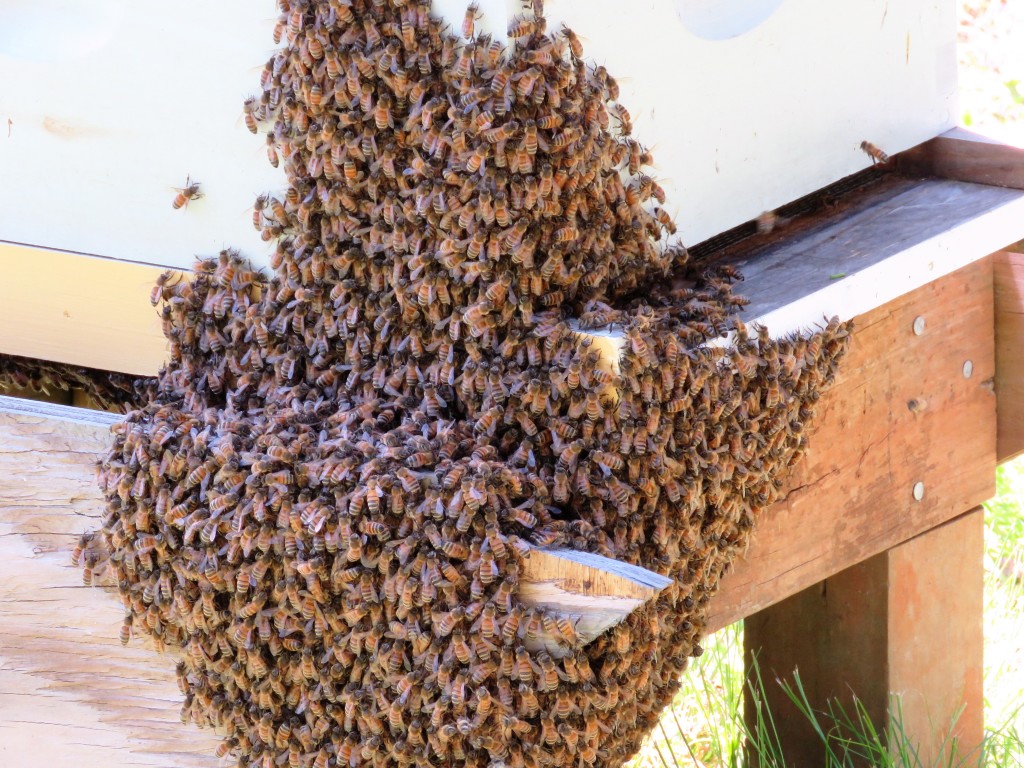
Here’s a close up of the swarm that landed on the bait hive. They are working their way inside and by nightfall they had all moved into their new home. Success!
Earlier, I had inspected the original big hive and found a”swarm cell,” which is a peanut-shaped cell in the comb that contain future queens….a sure sign that the colony will likely swarm. I took that frame that had the swarm cell on it, along with a few other frames and lots and lots of bees, and moved them to an empty hive box and did a “split.” That gave me a new hive of honeybees. I hoped that would make them think they had already swarmed, but they weren’t fooled, and swarmed again, anyway. I sure am glad that I set up that bait hive for insurance! That original hive was so strong that, even though I’d done a split and it had swarmed, they are still making enough honey that we’ll harvest from them. AND, I am now two hives richer, to boot! Amazing!
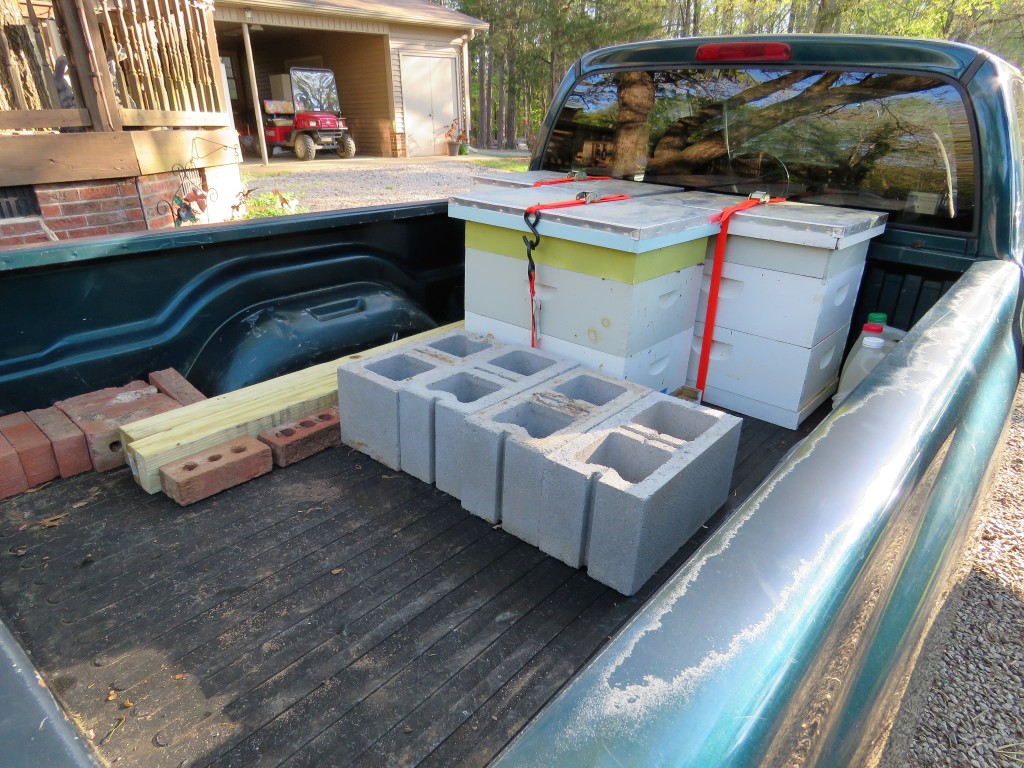
Here you can see that Farmer Bob has loaded three of our hives into the old farm truck for a trip to Old McCaskill’s Farm in Rembert, SC. We set up an apiary for farmer Kathy McCaskill on her farm just in time for her Shearing Day SC AG-Tourism event, and many visitors enjoyed watching the honeybees coming and going. They asked lots of questions about them, and we were amazed how many young children already knew much about honeybees from educational programs they’d watched on TV. You should visit Kathy’s farm, especially on Friday when her daughter offers a hearty country lunch on the farm, dessert and tea included, for just $10.
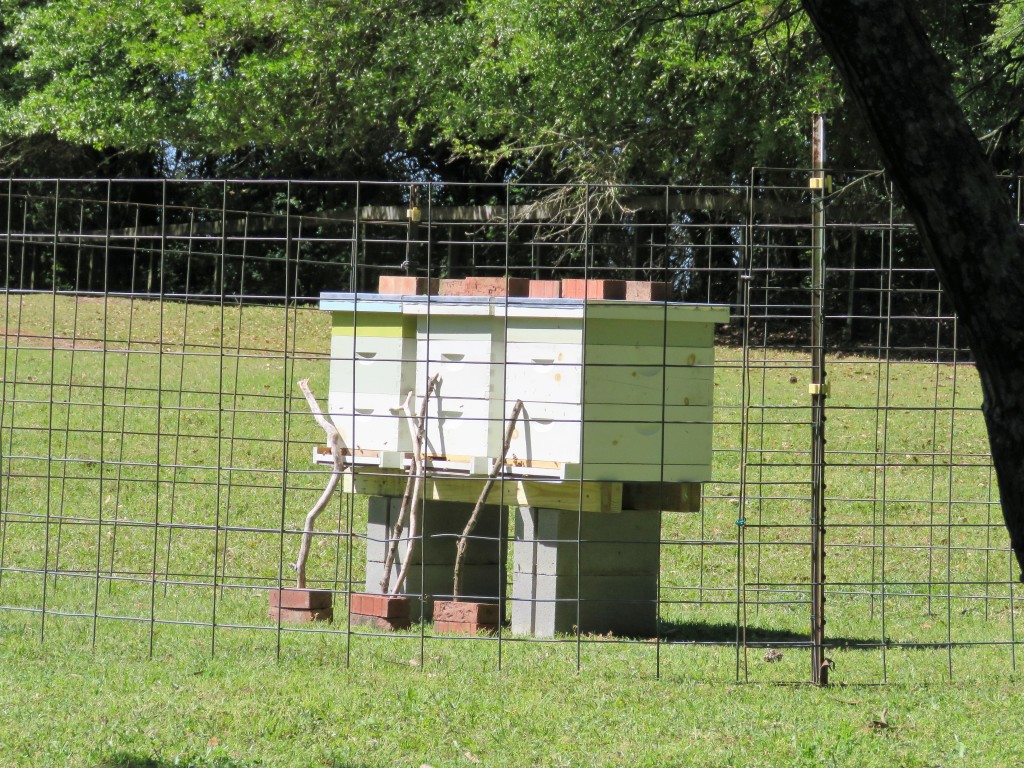
Apiary at Old McCaskill’s Farm in Rembert, SC
Want to see our apiary and learn about bees? Catch the Buzz here on Fox Trot Farm.
Our hens are working overtime! $3.50/dozen for our farm fresh eggs and children get to pick them up right from the nest when you take our farm tour!
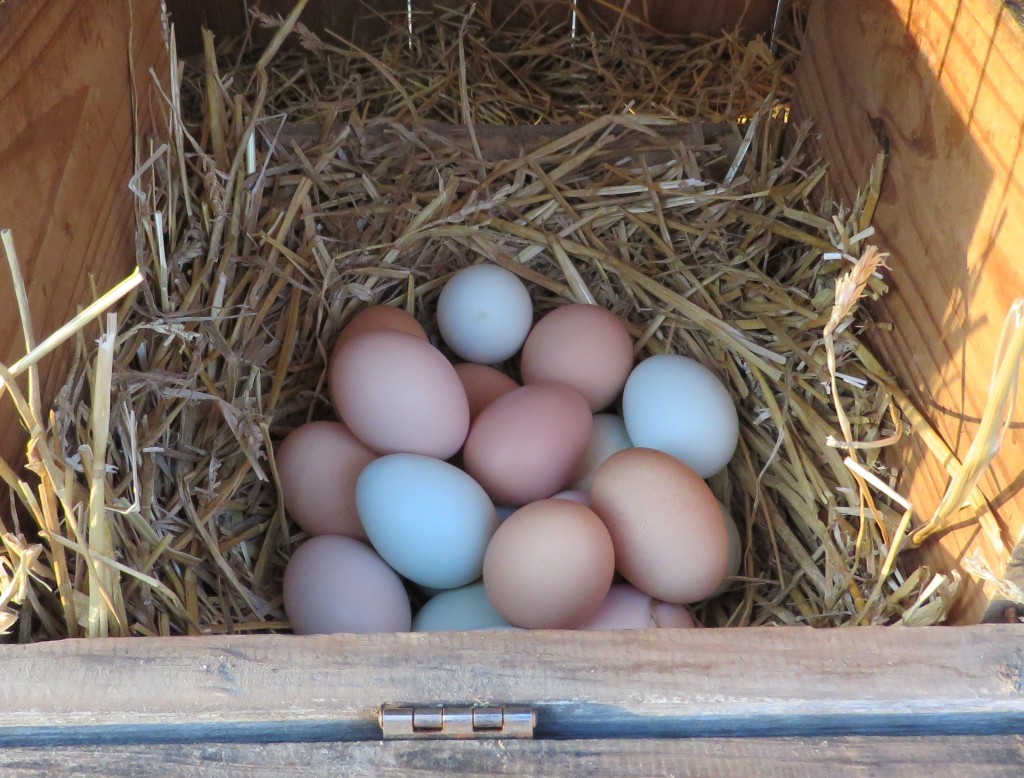

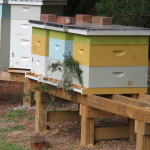
May 18, 2016 at 11:43 pm
Wow….talk about busy bees !! More bees—-more honey ~!! YUM !